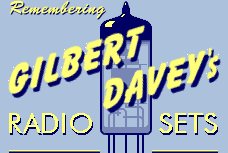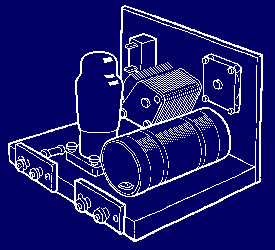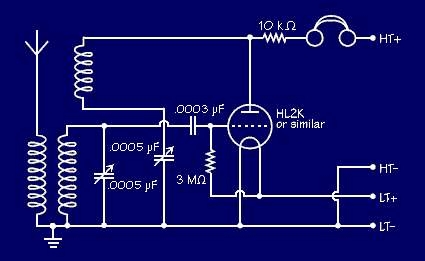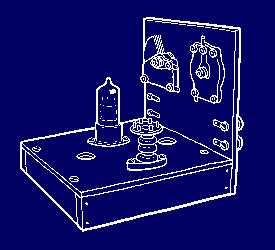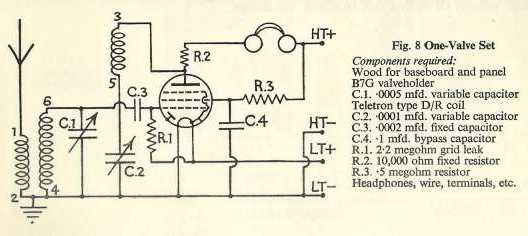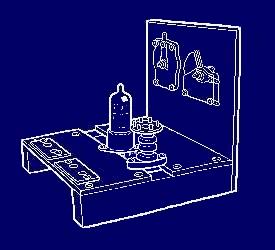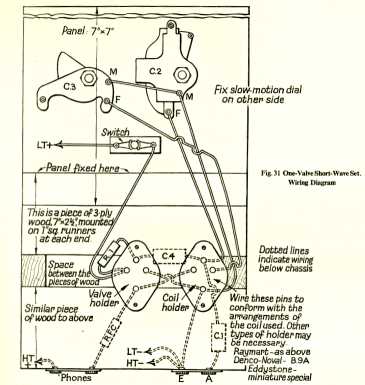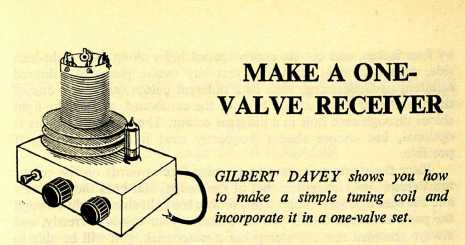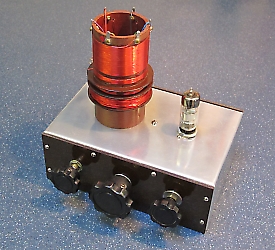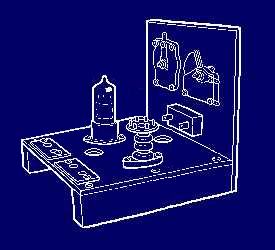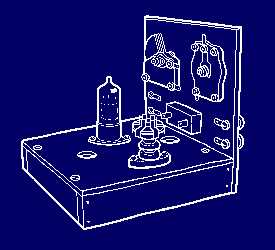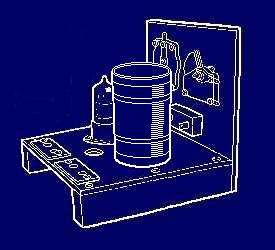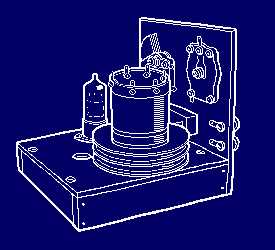BACK TO TOP
CONTACT ME
|
|
As far as I know, the sixth edition of Fun with Radio was the
last to be published in the UK. Editions often seen identified as
published in 1986 in the USA by Sportshelf & Soccer Associates are UK
editions imported for sale there.
(1) Boy’s Own Paper, Lutterworth Periodicals, February 1948, pp18-20.
(2) Fun with Radio, Gilbert Davey, Edmund Ward Ltd, 1957, pp16-18.
(3) Making Your Own Radio Set, BBC, September 1957 (the Studio ‘E’ leaflet).
(4) Fun with Radio, Gilbert Davey, 2nd edition, Edmund Ward Ltd, 1959, pp19-21.
(5) Fun with Radio, Gilbert Davey, 3rd edition, Edmund Ward Ltd, 1961, pp19-21.
details forwarded by Doug Brown, May 2011.
(6) Boy’s Own Paper, Lutterworth Periodicals, June 1961, p61.
reprinted in Boy’s Own Companion, Vol 4,
Lutterworth Press, 1962, p100.
(7) Fun with Electronics, Gilbert Davey, Edmund Ward Ltd, 1962, pp13-17.
(8) Fun with Radio, Gilbert Davey, 4th edition,
Edmund Ward Ltd, 1965, pp14-16.
and 5th edition, Kaye & Ward Ltd, 1969, pp16-18.
(9) Fun with Electronics, Gilbert Davey, 2nd edition, Kaye & Ward Ltd, 1972, pp15-20.
(10) Fun with Radio, Gilbert Davey, 6th edition, Kaye & Ward Ltd, 1978, pp25-28.
|
